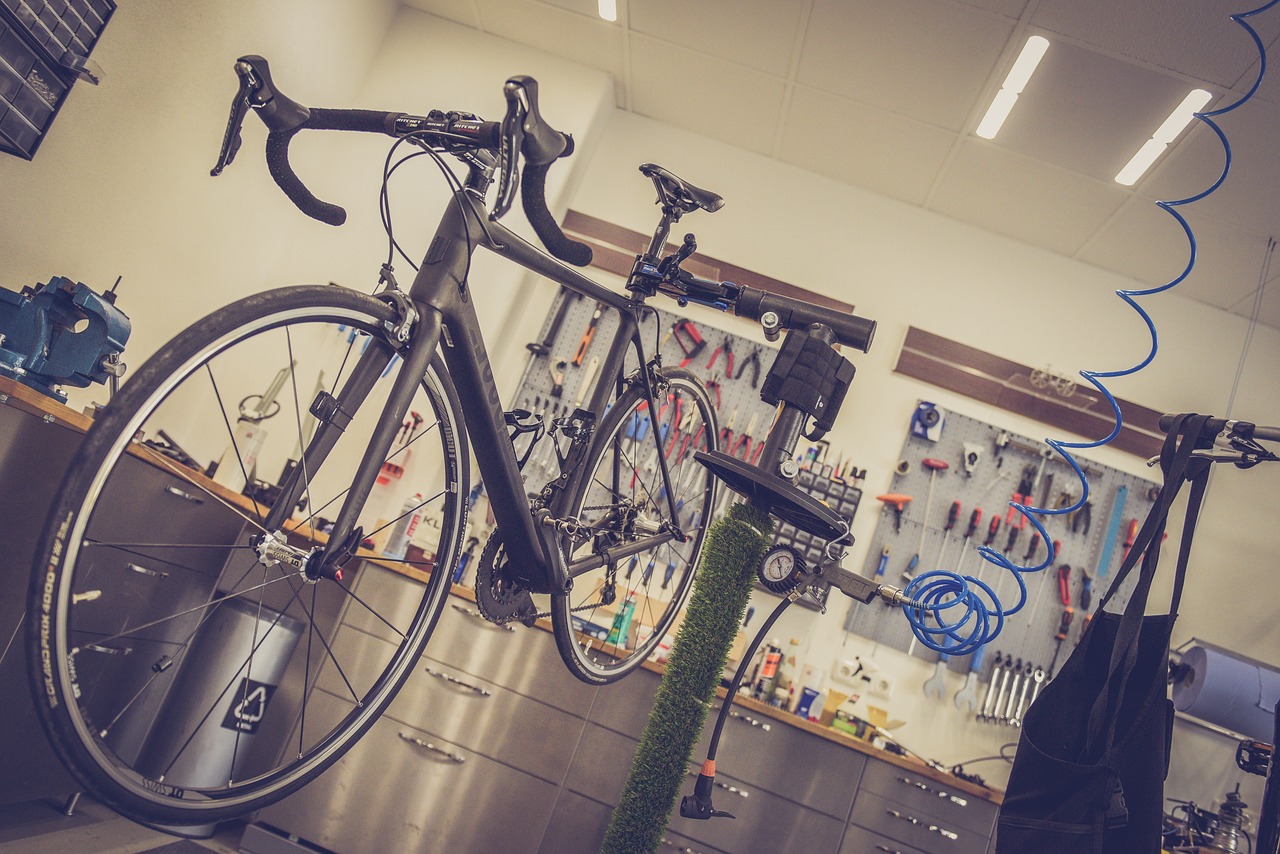Important Tips for easy bike Tune-up

For most riders, they simply want a bike that’s comfortable and reliable. Achieving this doesn’t really need to entail a whole lot of work, and following some simple tune-up tasks can leave you with a bike that’s fit for purpose so that you can focus on enjoying the ride. You can perform these tasks with only a handful of tools and there’s no need for any special knowledge. The following are some of the steps that can be taken when you are performing a tune-up on your bike.
Chain Maintenance

Regardless of the nature of your riding, whether you prefer easy rides in the country or pushing up the pace of the peloton, the chain on your bike performs the critical task of transferring force from your muscles to the wheels, in other words, it keeps you spinning.
Considering this central role of the chain, it is only natural to pay attention to its condition. The position and exposure of the chain will cause it to pick up dirt and debris which can lead to significant wear to the chain and drive components.
Cleaning your chain and keeping it lubricated with a good quality lube should be key to any maintenance plan. Depending on the frequency and duration of your riding, and the road and weather conditions, the frequency of chain maintenance will vary from every few days to every few weeks.
Lubrication
Choosing the right lubricant is important when it comes to your bike chains health. Although it would seem common sense that you’d go for bike-specific lube, more often than not people tend to use any oil available without really considering the possibility of buying a lube which is made specifically for bike chains. Whilst motor oils are great for engines, they accumulate too much dirt to be of use to bicycle chains.
Other considerations when choosing the correct oil is whether to go for dry or wet lubes. Dry lubes tend to be used more in the summer when the weather conditions have improved but do not last as long in the wet, their advantage though is that they pick up less debris. Wet lubes give longer lasting protection in rainy conditions but will pick up, and hold onto, more dirt from the roads.
Cleaning
Cleaning a chain is also important to remove the dirt and debris that has accumulated. There are two main ways of cleaning the chain. Cleaning systems are readily available and allow you to clean the chain on the bike without removing it first. They are effective if used regularly but don’t tend to be as thorough at removing all of the dirt and grime.
An alternative method is to install a soft link into the chain to aid in easy removal, this allows the chain to be taken off of the bike and manually cleaned in either a degreaser or soap and water, followed by a thorough rinsing and drying before re-lubricating and installing back onto the bicycle.
Inspection of the Brake Pads
Brake pads don’t always get enough attention. While inspecting your brake pads, you will ideally be checking for wear and alignment.
Whether you have rim brakes or discs, it is important that you check for the right alignment of the pads. Brake pads must always make contact with the rims or discs evenly. In most cases, small adjustments to the brake pads are quick to do although often involve the use of an Allen key.
Brake pads start to grip in a 2 stage process with the leading edge touching the rim or discs first followed by the body of the pads. Pad wear should be even with no obvious gouges or sections missing. Check the rims and discs for scratches as well as this could indicate the pads have picked up particulates that are causing damage.
Tire conditions

Perhaps the most overlooked aspect of bike maintenance, and one that lands many riders in trouble, is the tire pressure. Each tire will have a pressure range that they are designed to work best at, the actual pressure will vary slightly depending on the bikers riding style and weight. Unlike lubrication and brake pad inspection, making sure the tires of your bike have the recommended level of air pressure in them is something you ought to be doing before each ride.
If your tires are correctly pressurized, you will find that riding your bike will be significantly easier over those that are under inflated. Incorrectly inflated tires can cause damage to the rims, excessive wear to the tires or could lead to an accident.
You should also be checking your tire conditions for wear or damage. You should never ride on damaged tires as these can cause blowouts on rides leading to potentially dangerous accidents.
Other maintenance
Finally, checking and oiling cables and the derailleur will minimize wear and make maintenance easier. Using a general purpose oil, regularly add a few drops onto all moving parts, particularly pivot points.

If you have any comments then please drop us a message on our Outdoor Revival Facebook page
If you have a good story to tell or blog let us know about it on our FB page, we’re also happy for article or review submissions, we’d love to hear from you.
We live in a beautiful world, get out there and enjoy it.
Outdoor Revival – Reconnecting us all with the Outdoor
